Charles I: King and Collector at the Royal Academy of Arts
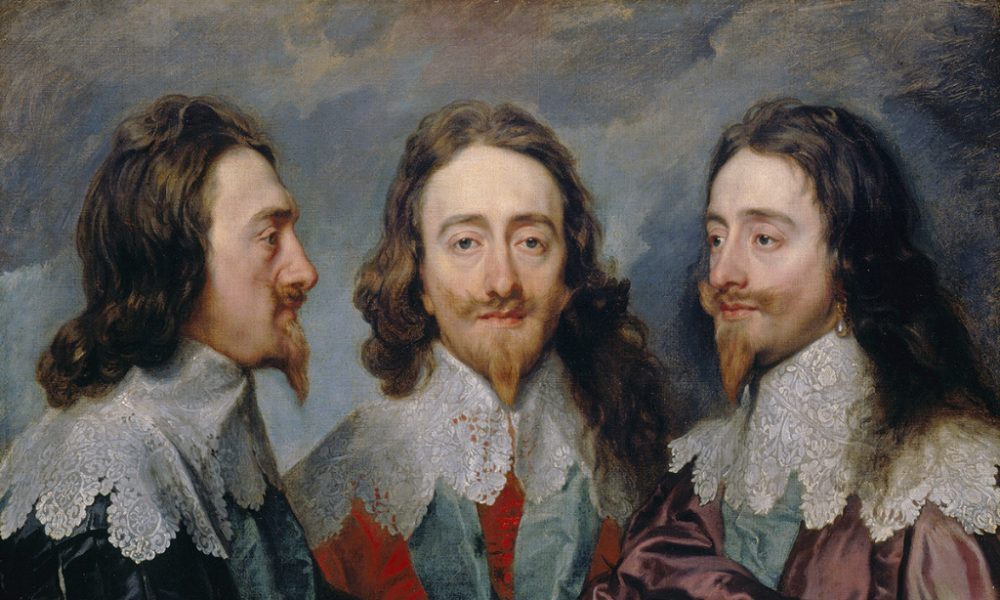
There’s something endlessly satisfying about a beautifully presented exhibition, especially one on the scale of Charles I: King and Collector at the Royal Academy. Grandeur emanates from every room in this exploration of the extraordinary collection of King Charles I, and the positioning of each object is both elegantly done and provides a generous amount of space for contemplation.
The Royal Academy puts on some of the most popular exhibitions in the country and, as a result, visitors can sometimes feel jostled for space. The monumental nature of some of the works on show here will undoubtedly counteract this feeling. One of the central rooms contains Andrea Mantegna’s The Triumph of Caesar (c 1484-92), a powerful and entirely unexpected series of nine huge paintings capturing the essence of Rome and the spoils of war. The enormity of the room in which they are presented allows visitors to stand well back and bask in the magnificence of the work, while also marvelling at the sheer breadth and scale of Charles I’s tastes.
The king was one of Britain’s first great art collectors, buying pieces on the open market for the first time in royal history and sometimes sending prices soaring in a way that is reminiscent of the excesses of the art market in the 1990s. The exhibition is replete with works from the various schools of the Italian cinquecento, including pieces by Bronzino, Tintoretto, Veronese and Titian, as well as paintings by Holbein, Bruegel, Rubens and Rembrandt. These might not to be everyone’s tastes, but the paintings’ sensuality and vitality make every room a feast for the eyes.
Of course, the display also places a strong focus on Van Dyck, the court painter with whom Charles I’s public image is almost synonymous. In the central round hall, two famous paintings by Van Dyck of the monarch on horseback are reunited for the first time, to sensational effect. Almost life-size, they epitomise Charles’s self-image as the all-powerful, divinely inspired king, as well as demonstrating the huge leaps made in English portraiture by the artist.
King and Collector only obliquely addresses Charles I’s failures as a ruler and the horrors of the civil war that led to his execution. This is both a weakness and a strength: a weakness in that the showcase leaves us wanting to know more about the man behind the collection, who had sensual paintings of pagan scenes in his private chambers and commissioned the most talented artists of the day to paint his portrait; a strength because the exhibition echoes the artworks it contains by displaying a version of Charles I that is elusive and mysterious, disconnected from reality in much the same way that the king was disconnected from his parliament and subjects.
Anna Souter
Charles I: King and Collector is at the Royal Academy of Arts from 27th January until 15th April 2018. For further information or to book visit the gallery’s website here.


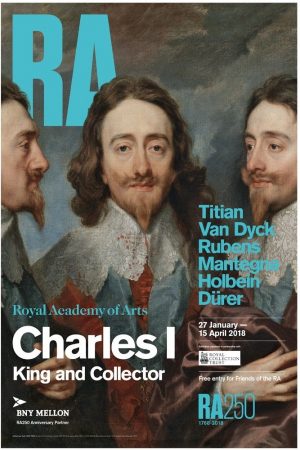
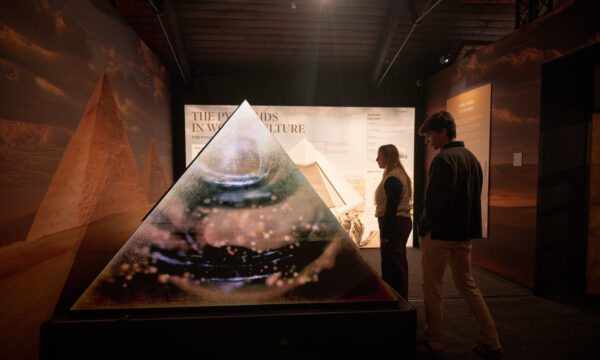
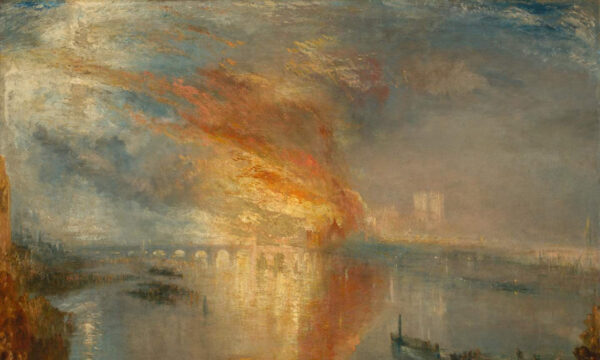
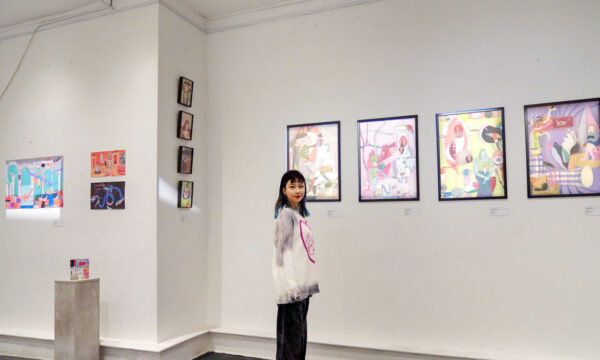
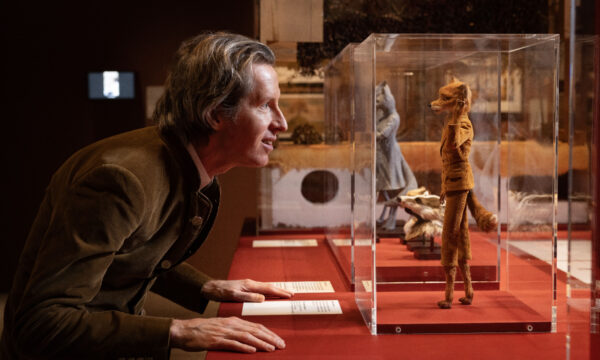
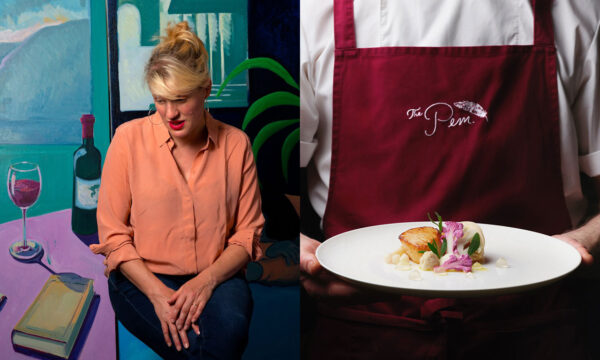

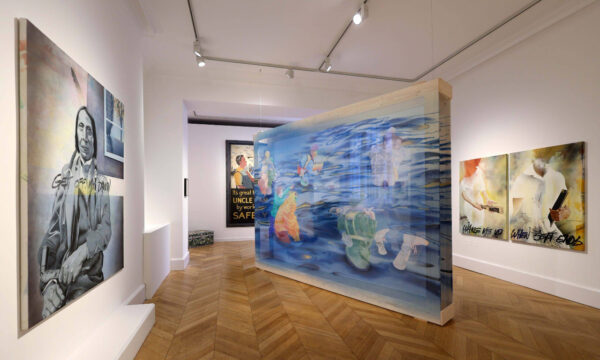
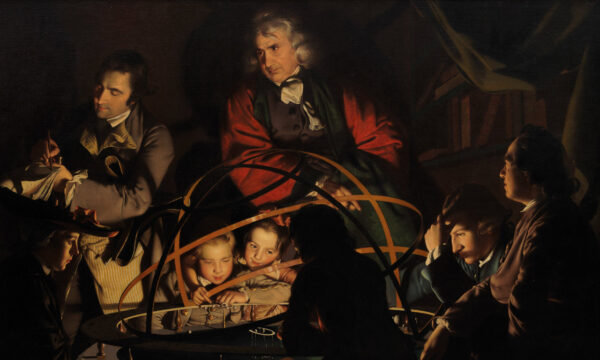
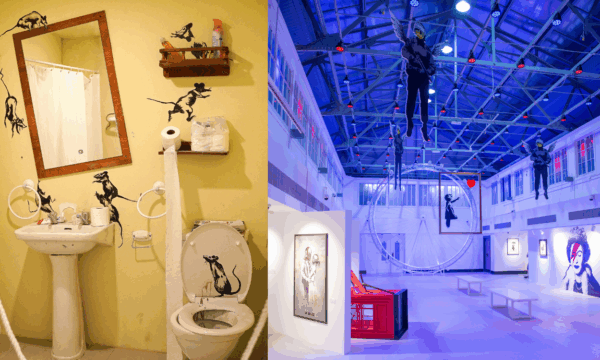
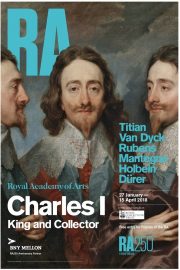



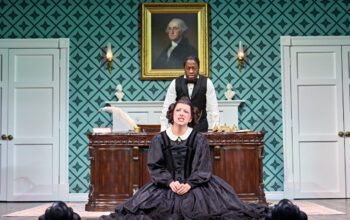
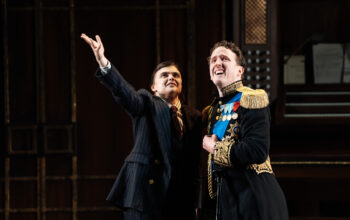
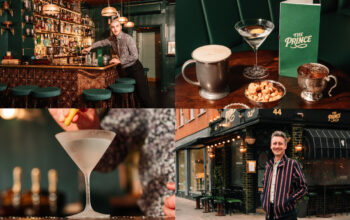
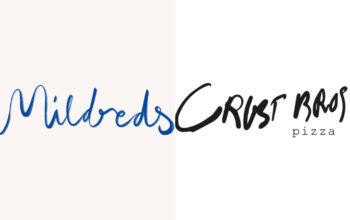

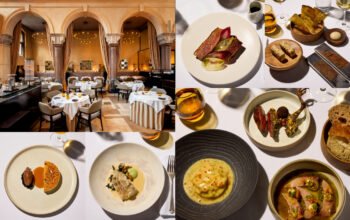


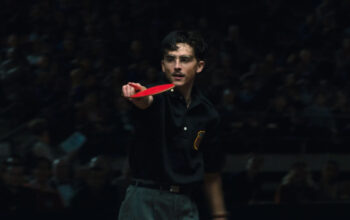



Facebook
Twitter
Instagram
YouTube
RSS